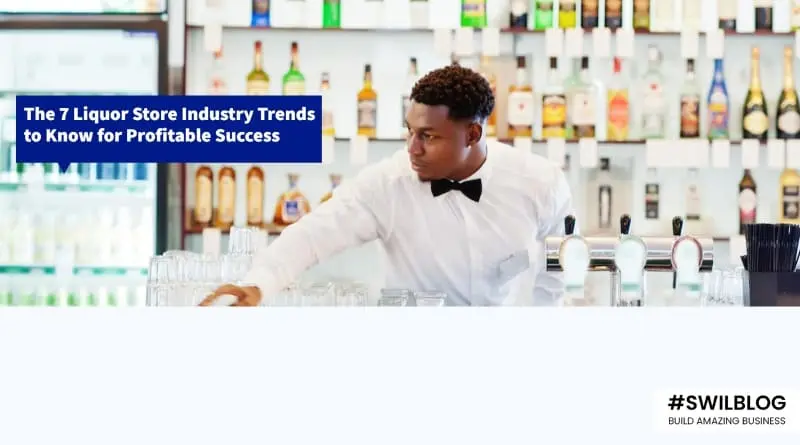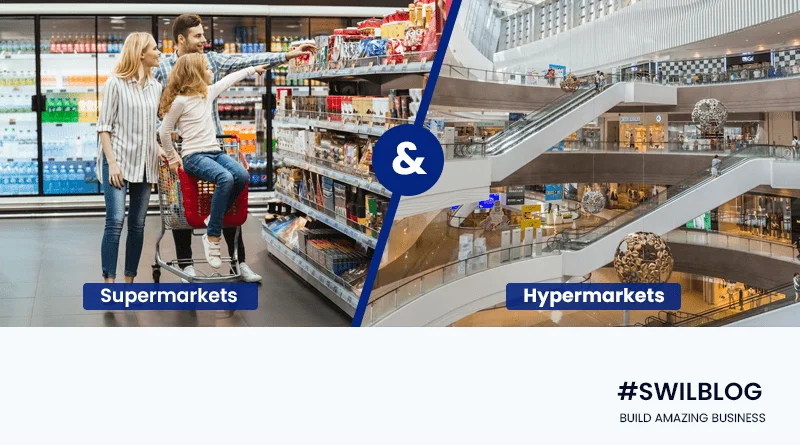Owning a liquor shop may be a highly profitable business venture. There is never a lack of people ready to locate their favorite libations with the correct location and merchandising.
Adults consume about four alcoholic beverages weekly, and individuals’ favorite drinks alter and adapt. The liquor sector is often in high demand. However, it is a highly competitive industry with minimal profit margins compared to other retail businesses.
As a result, employing point-of-sale software that provides actionable insights and reporting to make the most of your sales data is a strong liquor shop industry trend. This is a comprehensive guide to POS analytics for liquor retailers.
The Most Valuable Trends in Package Stores and Beverages
It would help if you examined the statistics and analytics for your liquor shop since we did the hard work for you. Make sure you know the advantages and disadvantages of any changes before making any significant ones to inventory or procedures.
1. Larger Liquor and Beer Purchases
The first tendency is precisely what it sounds like: When buying booze this year, customers will continue to choose higher-than-ever average transactions. How come? It’s relatively easy. People choose bigger liquor bottles and cases of beer rather than six-packs. They visit the liquor shop to make the fewest number of journeys feasible.
Turn your attention away from travel-sized bottles and other little items while filling your booze shop. Instead, make sure you have enough big-handle booze on hand. If you like beer or wine, try the mix-and-match specials.
Give consumers the option to customize their six-pack of craft beer or three bottles of wine in exchange for a percentage of the total. In this manner, your consumers may stock up on their favorite items and try something new, which, if they like it, may keep them coming back.
2. At-Home Cocktail Creations New call to action
Although bars are still open in many areas, a sizable portion of the population continues to avoid them, which takes us to the following trend. This year, people are choosing to make their cocktails at home instead of risking their health by going to a bar.
This is another inventory-related fad, but if it makes sense for your liquor shop, think about stocking up on items that appeal to consumers who like mixing drinks at home. If not, now is the time to start providing mixers, flavorful bitters, and distinctive components for some of the most popular mixtures.
Perhaps you begin by putting maraschino cherries and margarita salt in your stock. Watch how these things sell first, and if they prove popular, step up the effort. Cocktail shakers, alcoholic beverage recipe manuals, and glasses are some amusing non-ingredient things to include.
3. More Tablets for Package Stores
Our next trend isn’t based on shifting customer preferences, but joining this trend might benefit your booze business. Do you sell packaged goods in your store? Your personnel may check customers out at various locations within your business by using tablets.
You may shorten the checkout queue by performing tablet transactions with clients who make minor items. Tablets may assist clients waiting outside in line if you’re restricting the number of individuals entering your business at once. You don’t need them to enter the store to complete their purchase if they’re buying a few bottles of alcohol.
Additionally, if you provide curbside pickup, your staff may approach the customer’s vehicle with their purchase and do a tablet-based check-out. Avoid losing out on sales because your booze store’s entrance and exit times are too slow. These days, a massive queue of people in a confined area is the biggest turnoff.
4. Online alcohol ordering, delivery, and pick-up
Not everyone wants to visit retailers. Many customers will buy alcohol online, whether they are still guarding against COVID exposure or enjoy the convenience of online buying mixed with curbside pickup or delivery.
The e-commerce of alcohol increased by 80% in only 2020. This trend in liquor stores is becoming increasingly popular, and changing customer expectations makes it a profitable option for shop owners who are prepared to put in the effort.
You are aware of how strictly alcohol sales are regulated. To guarantee that your efforts are compliant, have legal professionals on standby if you decide to pursue e-commerce for your liquor business.
You must choose the e-commerce platform you want to utilize. Your platform of choice must integrate with the point-of-sale system at your liquor store. The last thing you want to do is use an e-commerce platform that isn’t integrated with your liquor business POS and add extra inventory work.
5. Pre-made cocktails (RTDs)
Here are several reasons to embrace this trend at liquor stores right away: The market for ready-to-drink cocktails is predicted to grow from $853 million in 2022 to $2.4 billion in 2030. Why? The main factor is a shift in views on alcohol and health. Customers who care about their health desire drinks with less alcohol that taste excellent and are also “healthier” for them.
What does this imply for you as a proprietor of a liquor store? To keep up with changing customer preferences, keep an eye out for new canned cocktails, hard seltzers, teas, coffees, and kombucha to add to your collection. Once you have them, you can create promotions and bundles for your RTD beverage selection using the POS system in your liquor store.
6. Alcohol-Free and Low-ABV Drinks
Similar to RTDs, these drinks are well-liked since a sizable part of customers have grown more health-conscious. The volume proportion of the alcoholic beverage industry’s increase to 3.5 percent ($10 billion) in 2021.
Customers want alcoholic beverages that don’t have as many calories as full-flavored beers and cocktails, but they still have the same “can-in-hand” satisfaction. Expanding your low- and no-ABV beverage offering as a liquor shop owner may assist in attracting new consumers and raising average purchase value.
7. Mobile and Contactless Payments
You may already know that mobile and contactless payments are becoming more popular. And it is more crucial than ever to complete transactions without any touching.
Find a strategy to prevent clients from having to touch tablets if your liquor shop uses them. It’s a positive start that electronic signatures are being phased away. Consider letting the customer swipe their card without touching the tablet if they are forced to use a card swipe.
Contactless payment is a game-changer with sanitary measures at an all-time high since customers can make all their purchases online.
Conclusion
From low-alcohol choices to canned drinks, we anticipate that manufacturers will quickly respond over expectations in the coming months. Those that haven’t already extended their product offers will almost certainly do so shortly.
The quest for more environmentally friendly packaging and on-demand delivery options may alter how businesses sell to customers. These developments aren’t etched in stone, but local legislation and consumer demand will play a significant part in the industry’s future.








